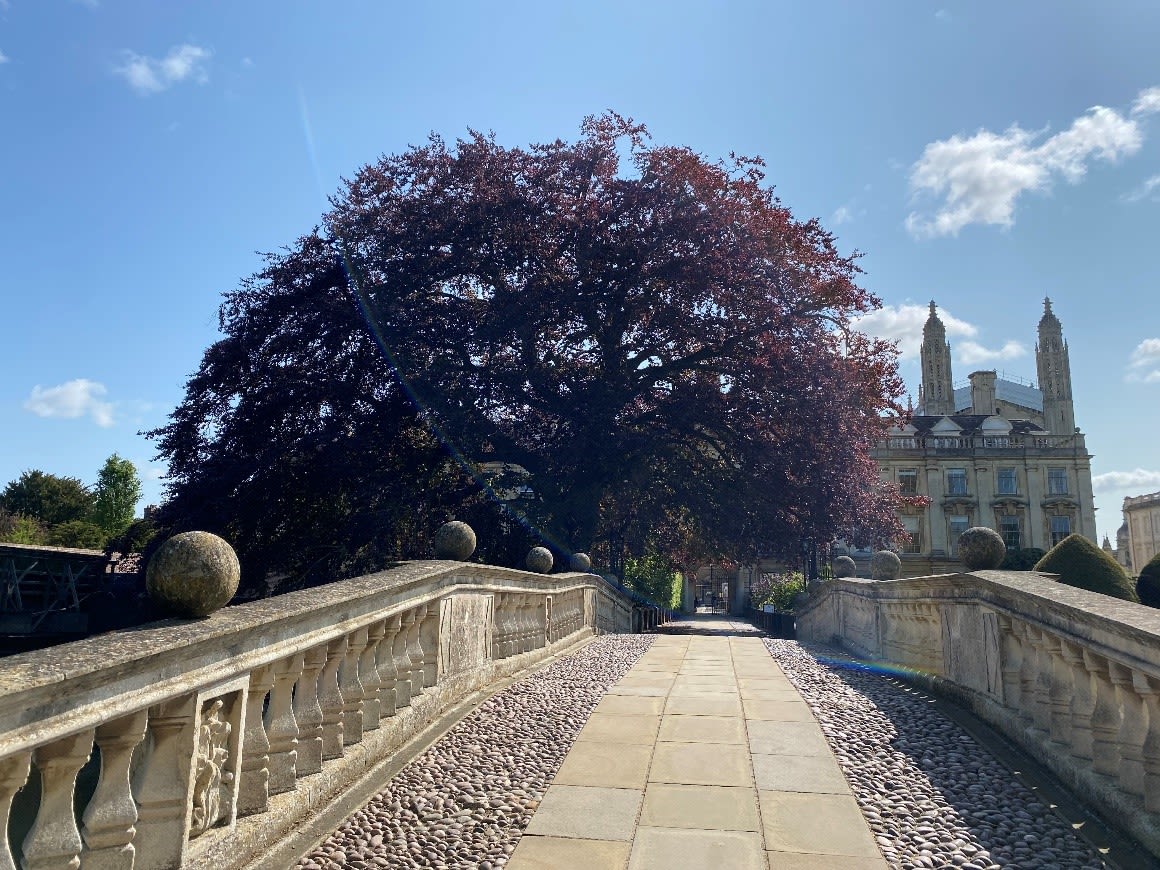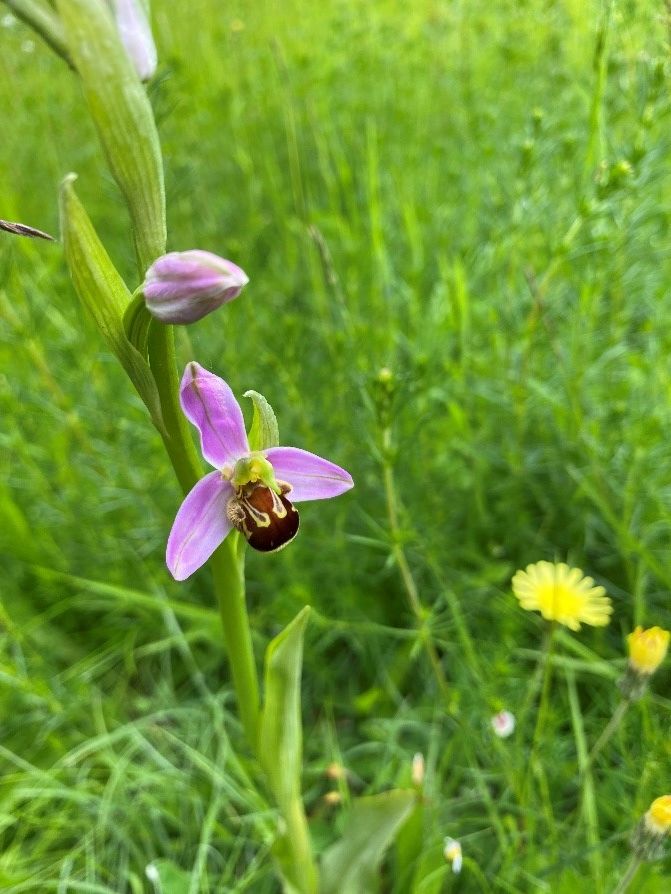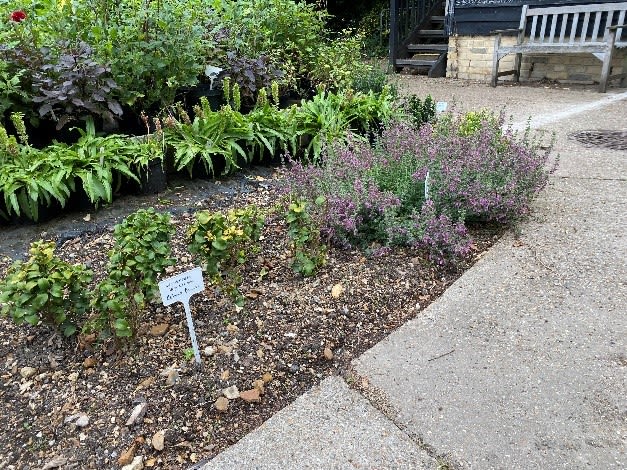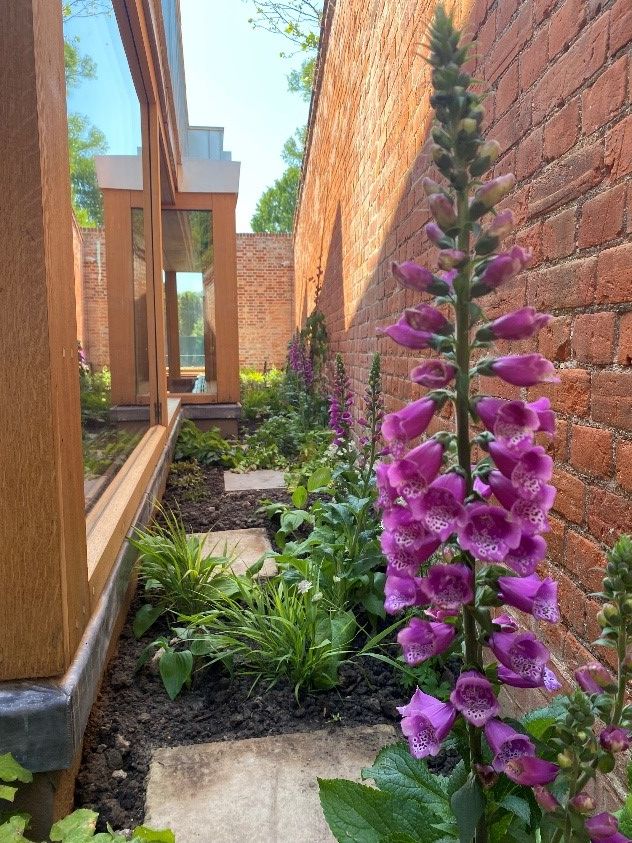From the Gardens
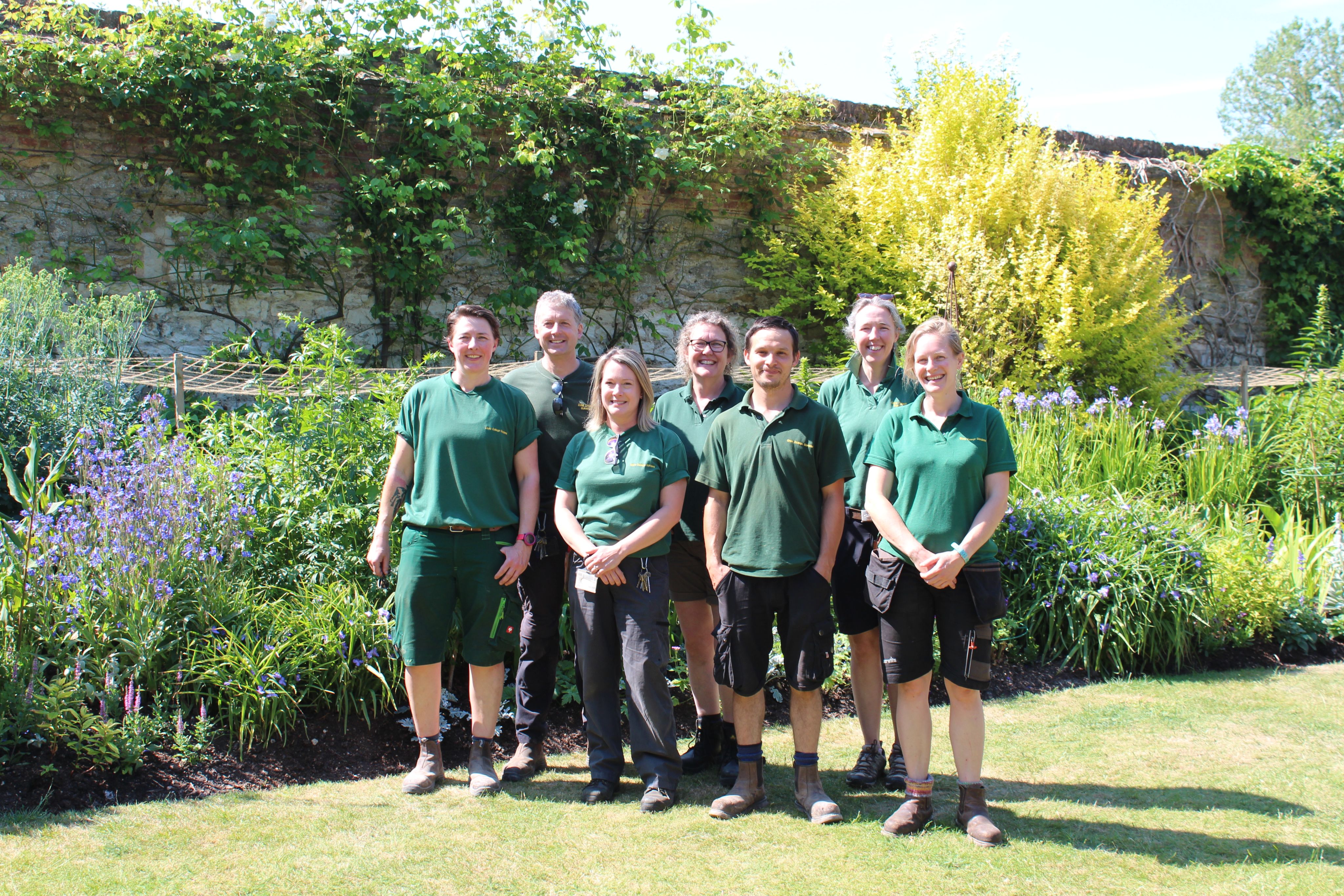
With major construction work on site, we haven't been able to maintain our gardens as we would normally. Instead we've looked at how we plan ahead to make our outside spaces more sustainable.
Redesign of river beds with drought tolerant plants and recycled growing medium
The river beds of old were very Victorian in their style and methods, changing the annual bedding display twice a year and infilling the centres with tender perennials. This is an extremely resource heavy way to garden and one that is not sustainable into the future. When the Fellows’ Garden reinstatement occurs, we will change the planting to a higher hardy perennial content that will stay in place year after year, and will not require such large amounts of water and fertiliser. Changing the planting scheme in this way also allows us to use the crushed aggregate left over from the building site as a growing medium. The top 8 courses of the Master’s red brick garden wall had to be completely replaced, and we were able to crush these otherwise unusable bricks on site and will use them in the new river bed planting scheme. This is an excellent way to use something that is normally considered a waste product. In addition, it creates different habitats, which will encourage a more diverse range of insects, etc., that supports our work to enhance biodiversity.
Master’s beech tree
Due to a substantial ‘summer limb drop’ (which can be common in beeches) in 2022, we commissioned a Picus test to determine the overall health of the tree. Thankfully, this test showed that tree has no internal rot in the main trunk, and a 4m end-weight reduction was the recommendation. This work was carried out in April 2023 very efficiently by the tree surgeons, and thanks must go to Barnes Construction for allowing access through their building site for a tracked chipper, which made the job much smoother and quicker. The tree surgeons did such a fantastic job at shaping the canopy in a sensitive way that you would hardly know it had a few tons of wood removed from it!
Bee orchids on Memorial Court front lawns
We were lucky enough to enjoy an emergence of bee orchids (Ophrys apifera) on the slope of Memorial Court front lawn this year. Several flower spikes were noted, and we hope this continues to expand year after year.
For a few years now, we have been cutting shapes in the lawns across the College, leaving several patches of grass to grow long, from the end of spring onwards. It provides a good example of the treasures that come to light when encouraging people to take part in ‘no mow May’. This rather handily coincides in the College calendar with the ‘quiet period’ – time for study and exams with minimal (if any) noise. The students and wildlife alike benefit!
Box moth caterpillar
Sadly, we are still losing the fight against the dreaded Box moth caterpillar. It is safe to say we have lost around 80% of our low box hedging and will be looking to replace it all with suitable specimens, less attractive to pests. We have been running a trial in our yard with seven possible candidates and, as suspected, some have performed better than others. It was most interesting to see which varieties took a big knock from the late hard frosts, which even seemed to get the better of some of our large, well-established shrubs that have been in-situ for years if not decades! You can follow how the trial is progressing on our Instagram page.
River Room planting
The first plants to go in as part of the Old Court project, Phase 1b, were planted in the light wells of the new River Room. As the planting areas are designed to be viewed from the inside of the café, seeing plants in there really gives it the lift and finish the project needed. We are looking forward to seeing how these areas settle and develop. The climbers (Hydrangea anomala subsp. petiolaris and Parthenocissus tricuspidata ‘Veitchii’) will grow up and across the brickwork in time, providing a tranquil green backdrop and a cool ambience in the café. Emphasis is put on shade-loving plants that still provide interest, whether that be in shape, form or colour, as the light wells are in varying degrees of shade throughout the day. We have used plenty of ferns, hostas and hellebores punctuated with spires of foxgloves (Digitalis purpurea) and frothy sprays of wood asters (Eurybia divaricata) to name but a few.
